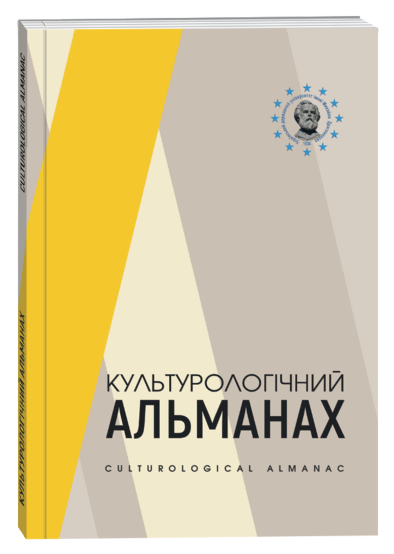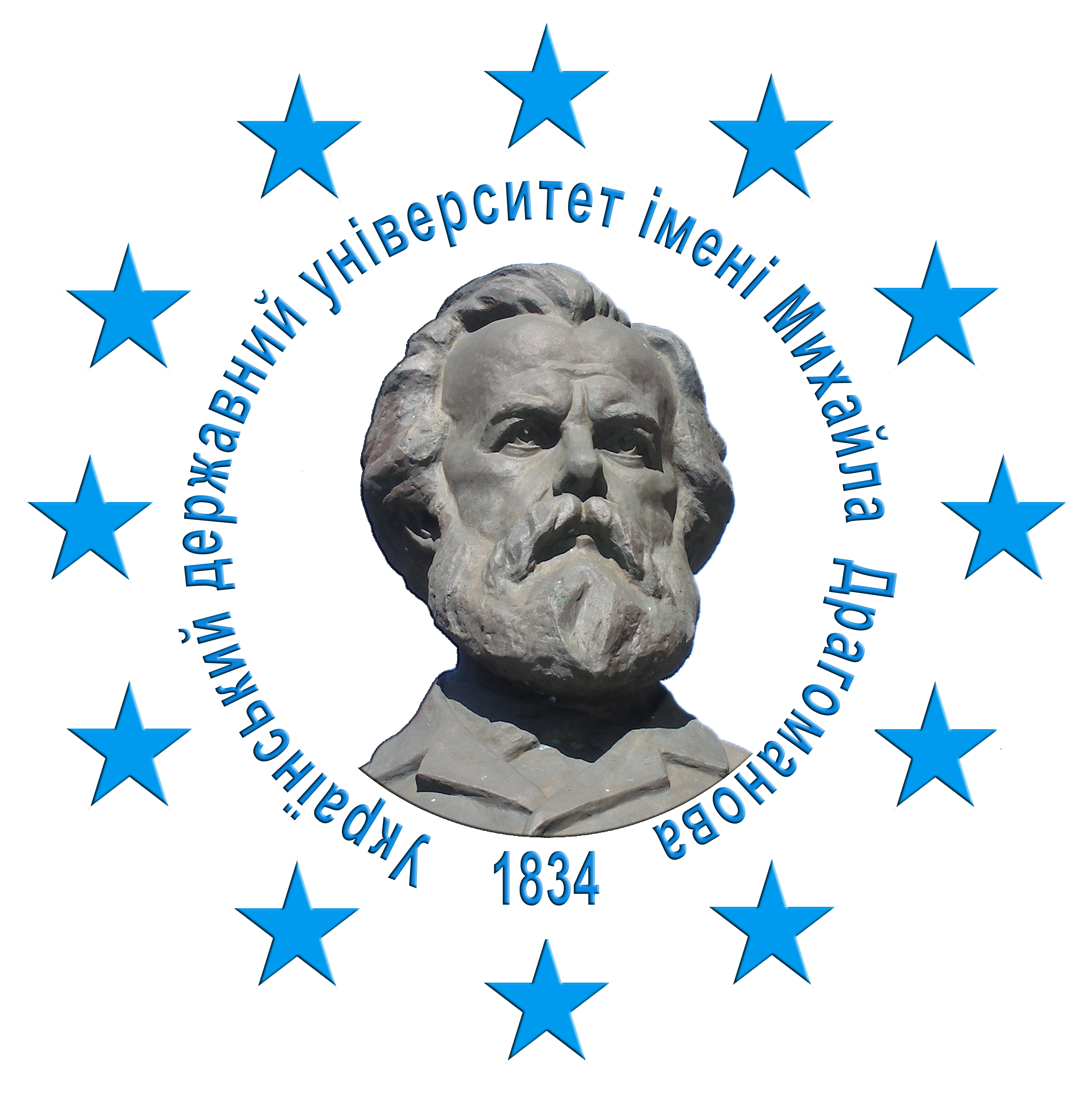COGNITIVE EXPLORATIONS OF THE NOMADOLOGICAL CONCEPT IN THE NEW PARADIGM OF EDUCATION
DOI:
https://doi.org/10.31392/cult.alm.2023.2.22Keywords:
representative thinking, nomadic thinking, thinking in complexity, “human extension”, NBICconvergence, new educational paradigm.Abstract
The reasons for the cognitive upheaval that took place in the middle of the 20th century have been analyzed. It was manifested: in philosophy – through anthropologization and socialization of epistemology, which caused a transition to a non-classical stage of development; in science – through a revolutionary change in the relationship between the object and the subject of knowledge towards further subjectivization of the cognition process (relativization, change in approaches to scientific truth and its criteria, etc.); in society – as a result of the scientific and technical revolution (especially the computer revolution), there have been qualitative changes regarding the transition from the material form of capital to a new one – knowledge (informational and innovative). The consequences of the cognitive revolution are indicated: epistemological problems in the realm of philosophy have moved from the periphery to the avant-garde; sections or even entire disciplines appeared within specific sciences, where they began to study the peculiarities and mechanisms of cognitive activity. The concept of representative and nomadic thinking proposed by G. Deleuze is considered. It has been found that the first is formed by online education as a system, while the second is formed by offline education as a network. The concept of the observer in the complexity paradigm is highlighted. It is noted that “thinking in complexity” should be formed during specific cognitive practice – in a new paradigm of lifelong education. The problem of “human enhancement” is outlined. It is proved that humanity is now in the second stage, when the NBIC-convergence gives birth to the latest human enhancement. It has been established that a cognitive scientist can consider these transformational changes, nano-humans can build them, bio-humans can implement them, and IT-humans can monitor and control them. It is established that, in this sense, the subject-observer of the present is a synergetic observer of time, who distinguishes the past, present and future, and therefore is for us an observer of complexity and at the same time a quantum observer.
References
Горбунова Л. С. (2015). Філософія трансформативної освіти для дорослих: університетські практики : монографія. Суми : Університетська книга. 710 с.
Тимчук Н. Ф. (2010). Корінь. У: Фармацевтична енциклопедія / гол. ред. ради та автор передмови В. П. Черних ; Нац. фармац. ун-т України. 2-ге вид., переробл. і доповн. Київ : МОРІОН. С. 1325–1326. URL: http://www. pharmencyclopedia.com.ua/article/3693/korin
Castellani B., Yafferty F. (2009). Sociology and Complexity. A New field inquiry. Berlin, Springer. 276 p.
Deleuze G. (1969). Logique du sens. Paris : Les Éditions de Minuit. Collection Critique. 392 p.
Deleuze G. (1971). Proust et les signes. Paris : Presses universitaires de France. 195 p.
Deleuze G. (1987). A thousand plateaus: capitalism and schizophrenia. Paris : Minneapolis : University of Minnesota Press. 610 p.
Deleuze G. (2013). Différence et répétition. Paris : Presses Universitaires de France. 416 р.
Deleuze G., Guattari F. (1996). What is philosophy? New York : Verso. 253 р.
Heidegger M. (1977). The Age of World Picture. In: W. Lovitt (Ed.), The Question Concerning Technology. New York : Harper and Row. P. 115–154.
Khushf G. (2011). The Use of Emergent Technologies for Enhancing Human Performance: Are We Prepared to Adress The Ethical and Policy Issue. In: Public Policy & Practice. P. 1–17. URL: http://www.ipspr.sc.edu/ejournal/ej511/ George%20Khishf%20Re vised%20Human%
Lewin K. (1982). Feldtheorie. In: Kurt-Lewin-Werkausgabe, hg. von C.‑F. Graumann, Bd. 4. Bern : Huber; Stuttgart : Klett-Cotta. S. 133–154. 12. Mainzer K. (2004). Thinking in Complexity. The computational Dynamics of Matter, Mind and Mankind. Berlin : Springer. 238 р.
Morin E. (1991). La Methode: La nature de la nature, Paris : Seuil. 266 р.
Roco M. C., Bainbridge W. S. (2002). Converging Technologies for Improving Human Performance. In: NSFDOC Report. Vol. 4, Iss. 4, Boston : Cluwer. Р. 281–295.
Spencer Brown G. (1969). Laws of Form. London : George Allen and Unwin, 165 p. URL: http://www.siese.org/ modulos/biblioteca/b/G-Spencer-Brown-Laws-of-Form.pdf
Stengers I. (1987). D’une science à l’autre. Des concepts nomads. Paris : Seuil. 392 p. URL: http://www. philosciences.org/notices/document.php?id_document=163








